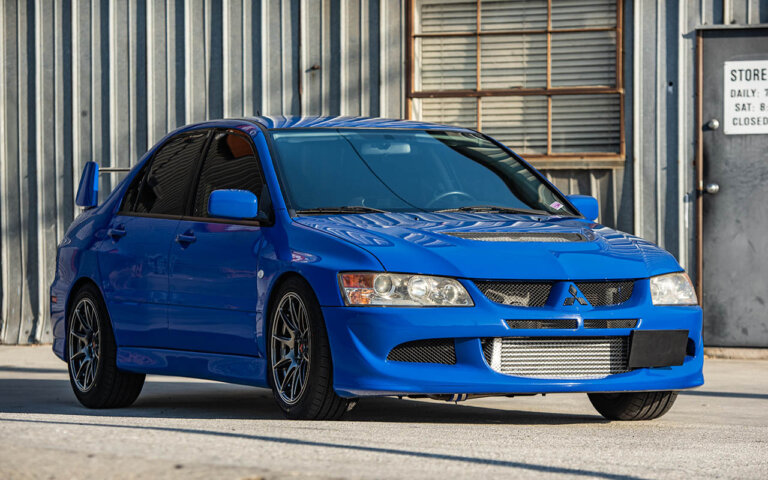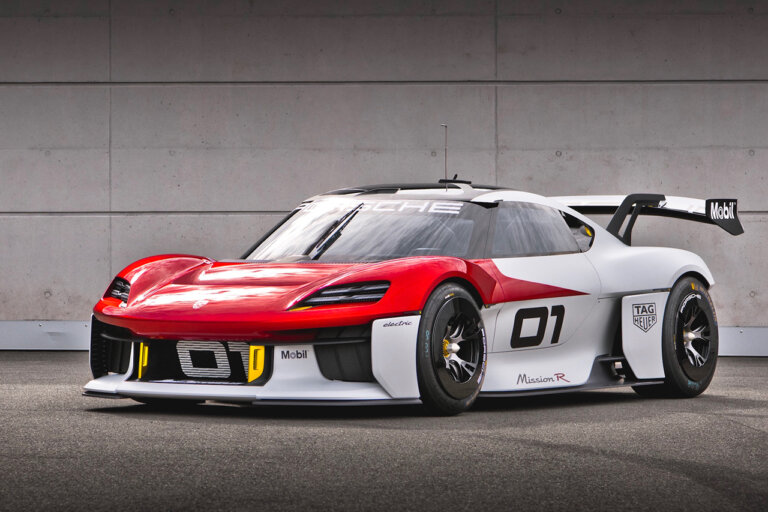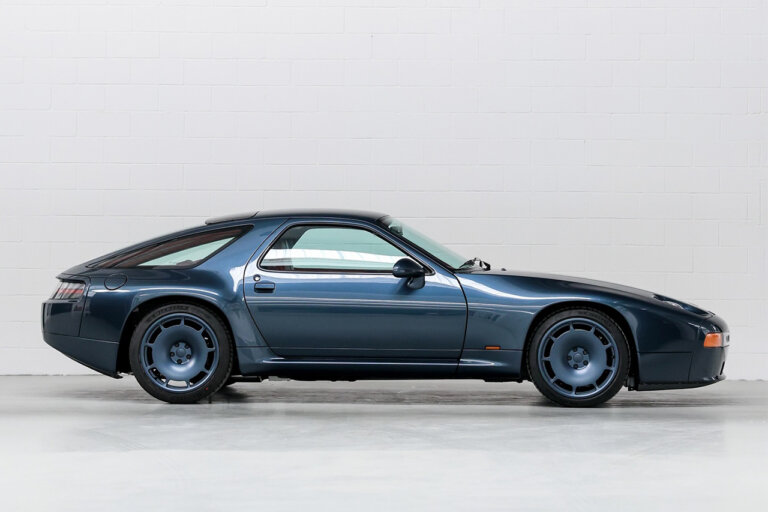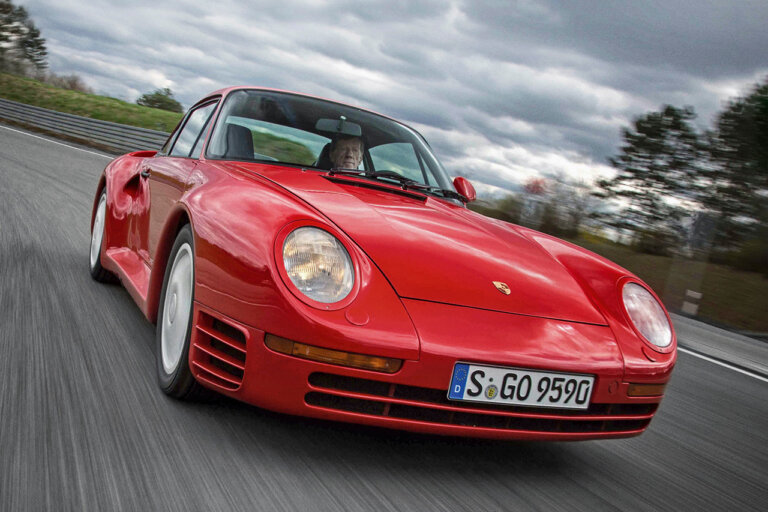Third Generation & Fourth Generation
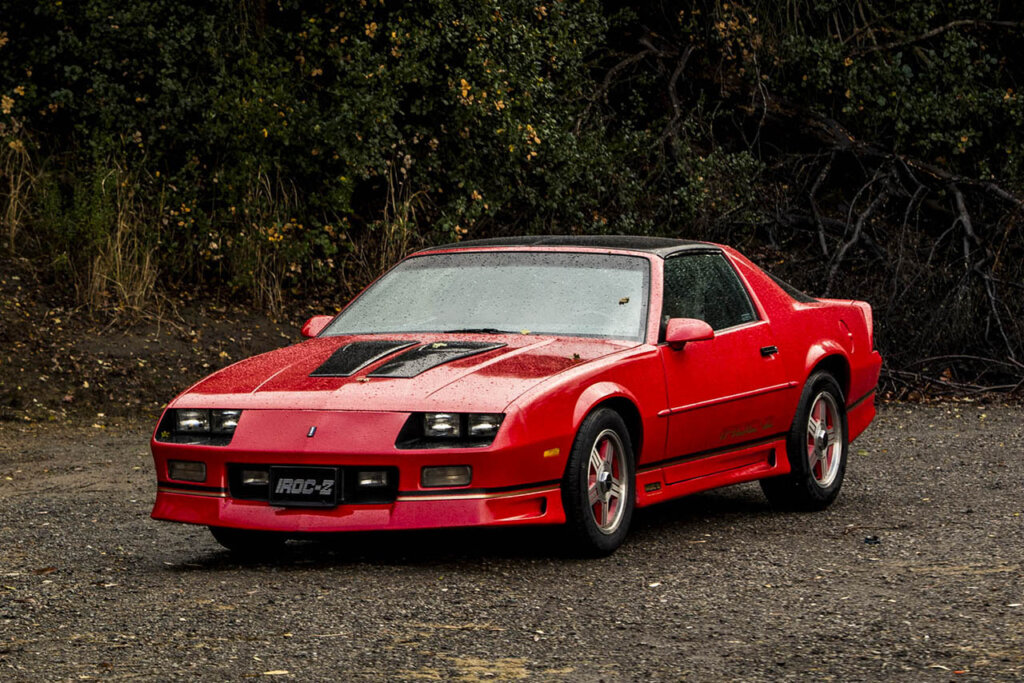
Source: Motofutura
| Trim | Production | Engine | Power | Transmission | Drivetrain |
| Sport Coupe | 1982 – 1992 | 2.5L Inline-4 2.8L V6 5.0L V8 | 85 HP / 86 PS / 63 kW ~102 HP / ~103 PS / ~76 kW 165+ HP / 167+ PS / 123+ kW | 4/5-Speed Manual 3/4-Speed Automatic | RWD |
| Berlinetta | 1982 – 1992 | 2.8L V6 5.0L V8 | ~102 HP / ~103 PS / ~76 kW 165+ HP / 167+ PS / 123+ kW | 4/5-Speed Manual 3/4-Speed Automatic | RWD |
| Z28 | 1982 – 1992 | 5.0L V8 | 165 – 245 HP / 167 – 248 PS / 123 – 182 kW | 4/5-Speed Manual 3/4-Speed Automatic | RWD |
The 1980s marked a significant shift for the Camaro as Chevrolet introduced a completely redesigned model. Utilizing lighter materials and improved engineering, the third-generation model showcased enhanced fuel efficiency and agility. It embraced a more modern, aerodynamic aesthetic, while advancements in technology introduced fuel injection and computer-controlled engine management systems. The introduction of the IROC-Z performance package further solidified the Camaro’s reputation as a formidable contender on the road.
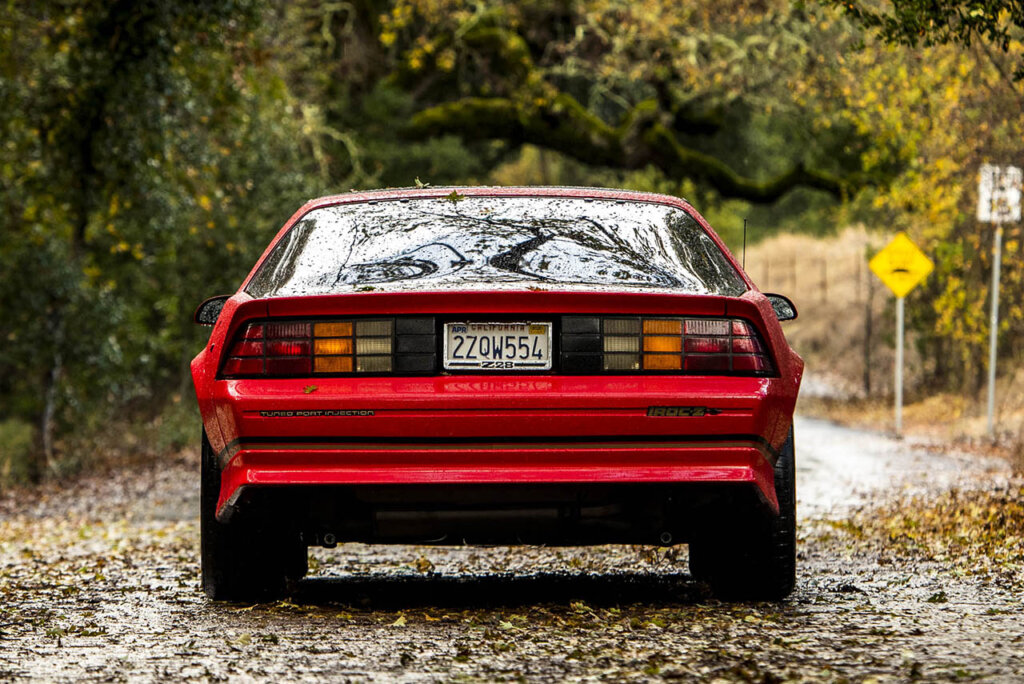
4th Generation:

Source: Chevrolet Pressroom
| Trim | Production | Engine | Power | Transmission | Drivetrain |
| Base | 1993 – 1997 | 3.4 – 3.8L V6 | 160 – 200 HP / 162 – 202 PS / 119 – 149 kW | 5-Speed Manual 4-Speed Automatic | RWD |
| Z28 Z28 SS | 1993 – 1997 1996 | 5.7L LT1 V8 | 275 HP / 278 PS / 205 kW 305 HP / 309 PS / 227 kW | 6-Speed Manual 4-Speed Automatic | RWD |
| Base / Z28 / SS | 1998 – 2002 | 5.7L LS1 V8 | 350 HP / 354 PS / 261 kW | 6-Speed Manual 4-Speed Automatic | RWD |
With the 1993 model year, the Camaro underwent another redesign, featuring a more rounded and contemporary appearance. The fourth-generation models offered increased refinement, improved handling, and a broader range of engine options. The introduction of the Camaro Z28 and the high-performance SS variant delighted enthusiasts, showcasing the brand’s commitment to exhilarating performance and cutting-edge technology.
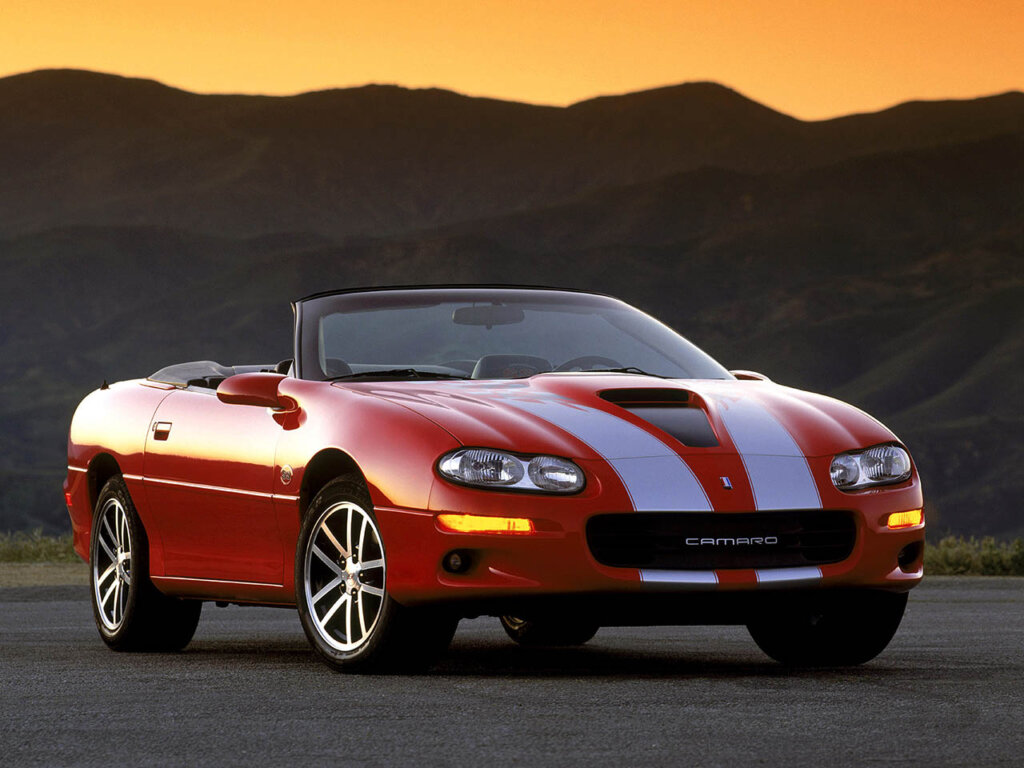
Source: Chevrolet Pressroom

